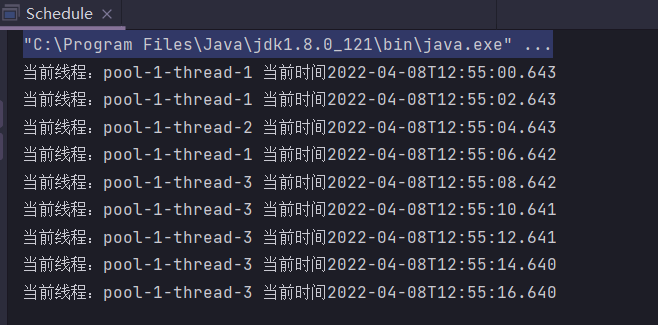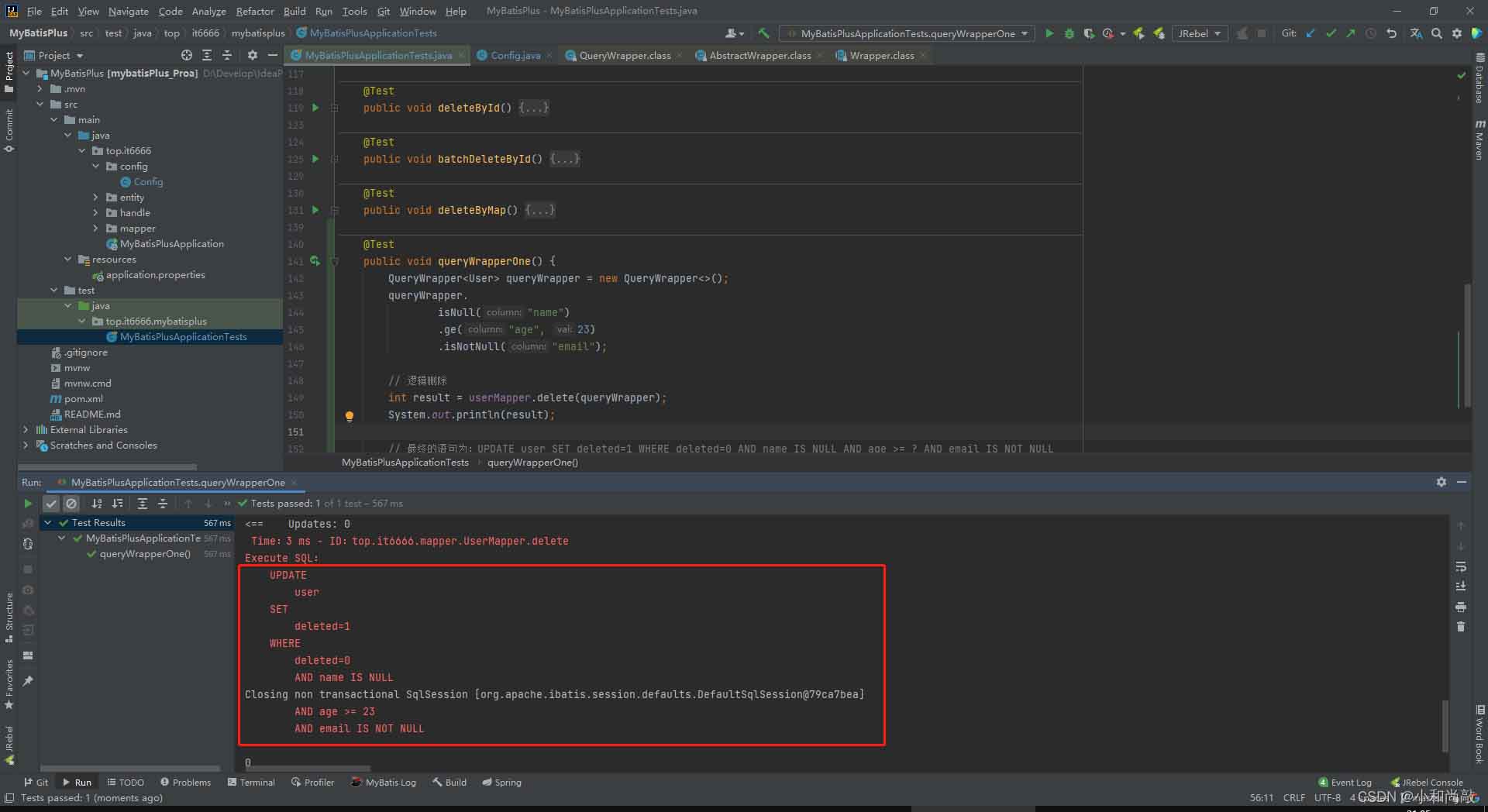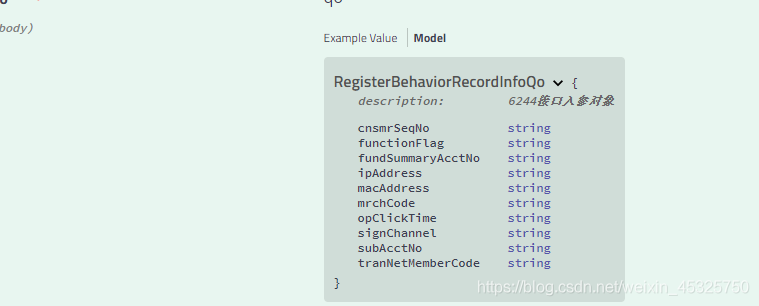从Request对象中可以获取各种路径信息,以下例子:假设请求的页面是index.jsp,项目是WebDemo,则在index.jsp中获取有关request对象的各种路径信息如下 String path = request.getContextPa...
从Request对象中可以获取各种路径信息,以下例子:
假设请求的页面是index.jsp,项目是WebDemo,则在index.jsp中获取有关request对象的各种路径信息如下
String path = request.getContextPath();
String basePath = request.getScheme()+"://"+request.getServerName()+":"+request.getServerPort()+path+"/";
String remoteAddress=request.getRemoteAddr();
String servletPath=request.getServletPath();
String realPath=request.getRealPath("/");
String remoteUser=request.getRemoteUser();
String requestURI=request.getRequestURI();
out.println("path:"+path+"<br>");
out.println("basePath:"+basePath+"<br>");
out.println("remoteAddr:"+remoteAddress+"<br>");
out.println("servletPath:"+servletPath+"<br>");
out.println("realPath:"+realPath+"<br>");
out.println("remoteUser:"+remoteUser+"<br>");
out.println("requestURI:"+requestURI+"<br>");
结果:
path:/WebDemo
basePath:http://localhost:8683/WebDemo/
remoteAddr:127.0.0.1
servletPath:/index.jsp
realPath:D:\apache-tomcat-6.0.13\webapps\WebDemo\
remoteUser:null
requestURI:/WebDemo/index.jsp
从上不难看出request各个对应方法所代表的含义
从request获取各种路径总结:
request.getRealPath("url");//虚拟目录映射为实际目录
request.getRealPath("./");//网页所在的目录
request.getRealPath("../");//网页所在目录的上一层目录
假定你的web application(web应用)名称为news,你的浏览器中输入请求路径:http://localhost:8080/uploading/load.jsp
request.getContextPath() => /uploading
request.getServletPath() => /load.jsp
request.getRequestURL() => http://localhost:8080/uploading/load.jsp
request.getRealPath("/") => F:\learn\.metadata\.plugins\org.eclipse.wst.server.core\tmp0\wtpwebapps\uploading\
现在request.getRealPath("/") 这个方法已经不推荐使用了
可以使用
ServletContext.getRealPath(java.lang.String) instead.
request.getSession().getServletContext().getRealPath() 得到工程文件的实际物理路径,也就是绝对地址
//Returns the part of this request's URL from the protocol name up to the query string in the first line of the HTTP request
// eg./manage/editExam.domethod=goExamSet&type=U
String url = request.getRequestURI();
//The returned URL contains a protocol, server name, port number, and server path, but it does not include query string parameters
//eg. http://127.0.0.1:8080/manage/editExam.domethod=goExamSet&type=U
StringBuffer url_buffer = request.getRequestURL();
HttpServletRequest 的这两种方法都只能得到不包含参数的请求url,区别如下:
1 前者返回相对路径,后者返回完整路径
2 前者返回string ,后者返回stringbuffer
得到完整请求url可以通过如下方法,getQueryString()得到的是url后面的参数串,和前者相加就是带参数的请求路径了
String queryString = request.getQueryString();
ring fullPath = url + queryString; // 或者是url_buffer.toString()+queryString; 以上就是小编为大家带来的jsp Request获取url信息的各种方法对比的全部内容了,希望对大家有所帮助,多多支持~
本文标题为:jsp Request获取url信息的各种方法对比


基础教程推荐
- springboot下使用shiro自定义filter的个人经验分享 2024-02-27
- Java中EnvironmentAware 接口的作用 2023-01-23
- 运用El表达式截取字符串/获取list的长度实例 2023-08-01
- 使用Java和WebSocket实现网页聊天室实例代码 2024-02-25
- 深入理解约瑟夫环的数学优化方法 2024-03-07
- Java编写实现窗体程序显示日历 2023-01-02
- Java+mysql实现学籍管理系统 2023-03-16
- JSP 动态树的实现 2023-12-17
- JavaWeb 实现验证码功能(demo) 2024-04-14
- 是否适合从javabean类更新数据库? 2023-11-04

















